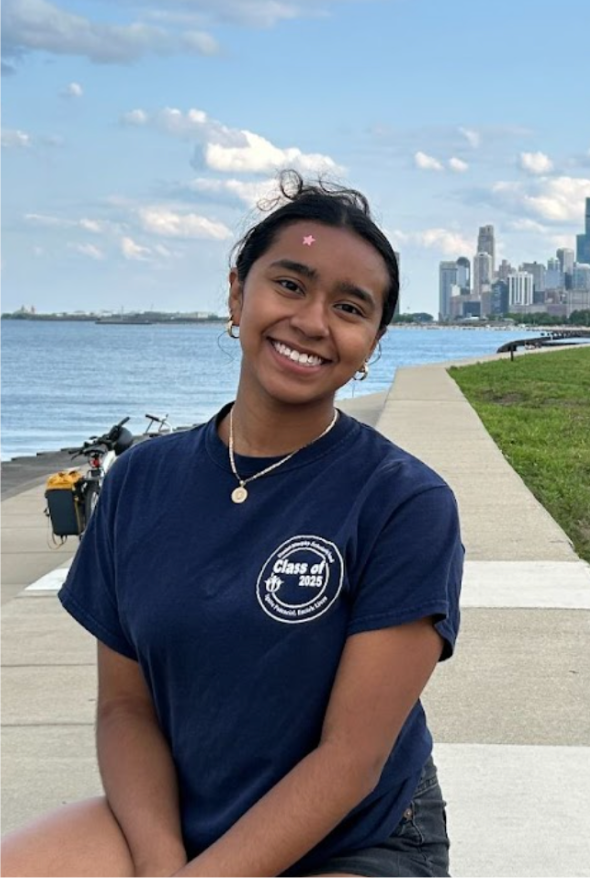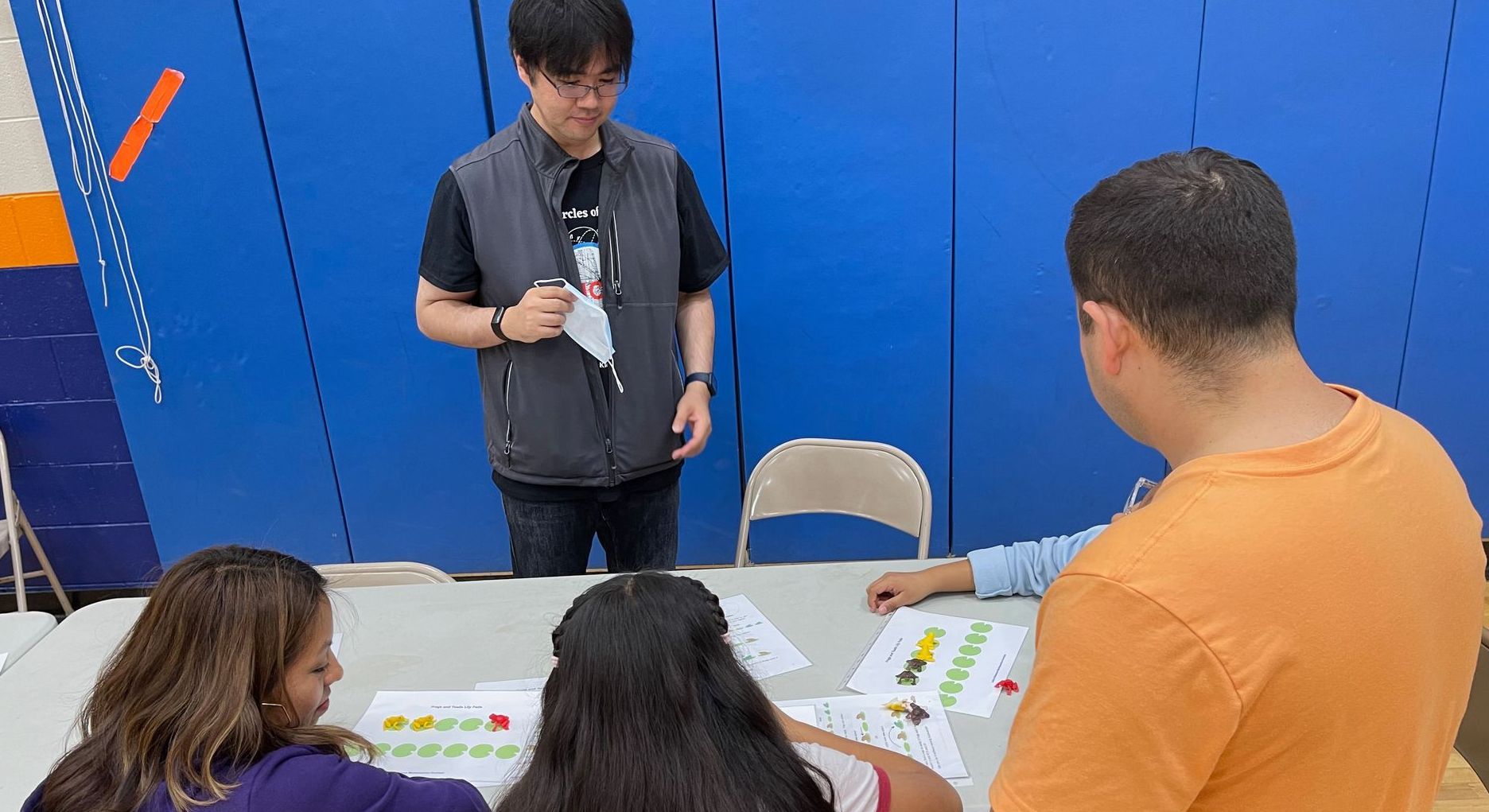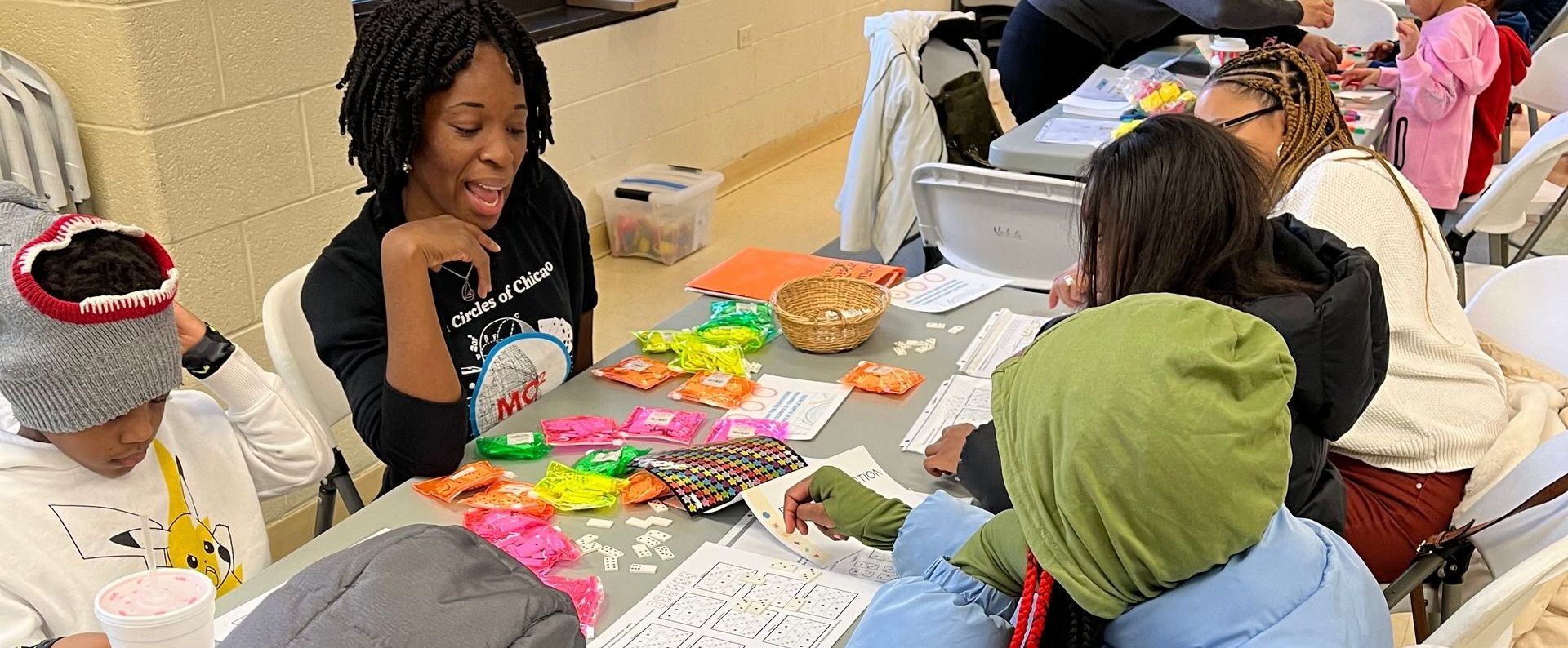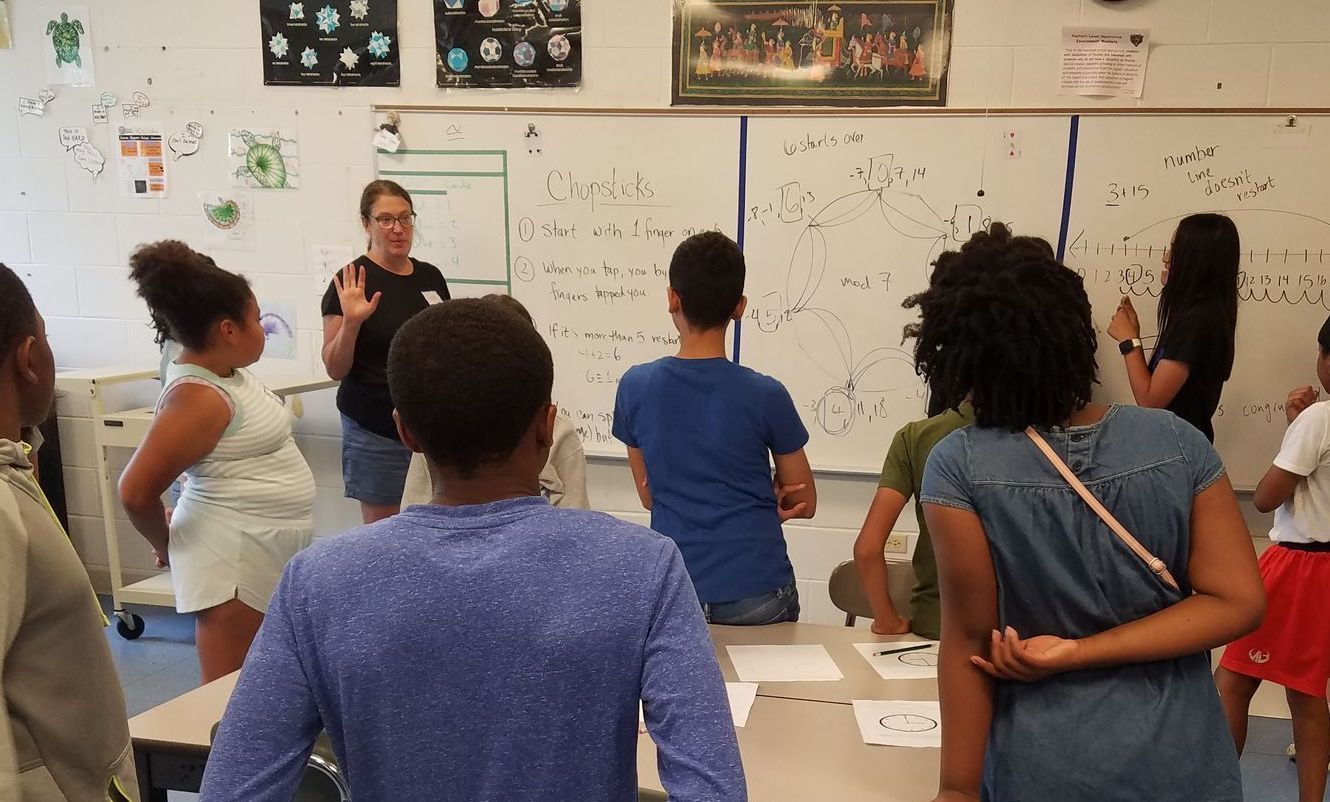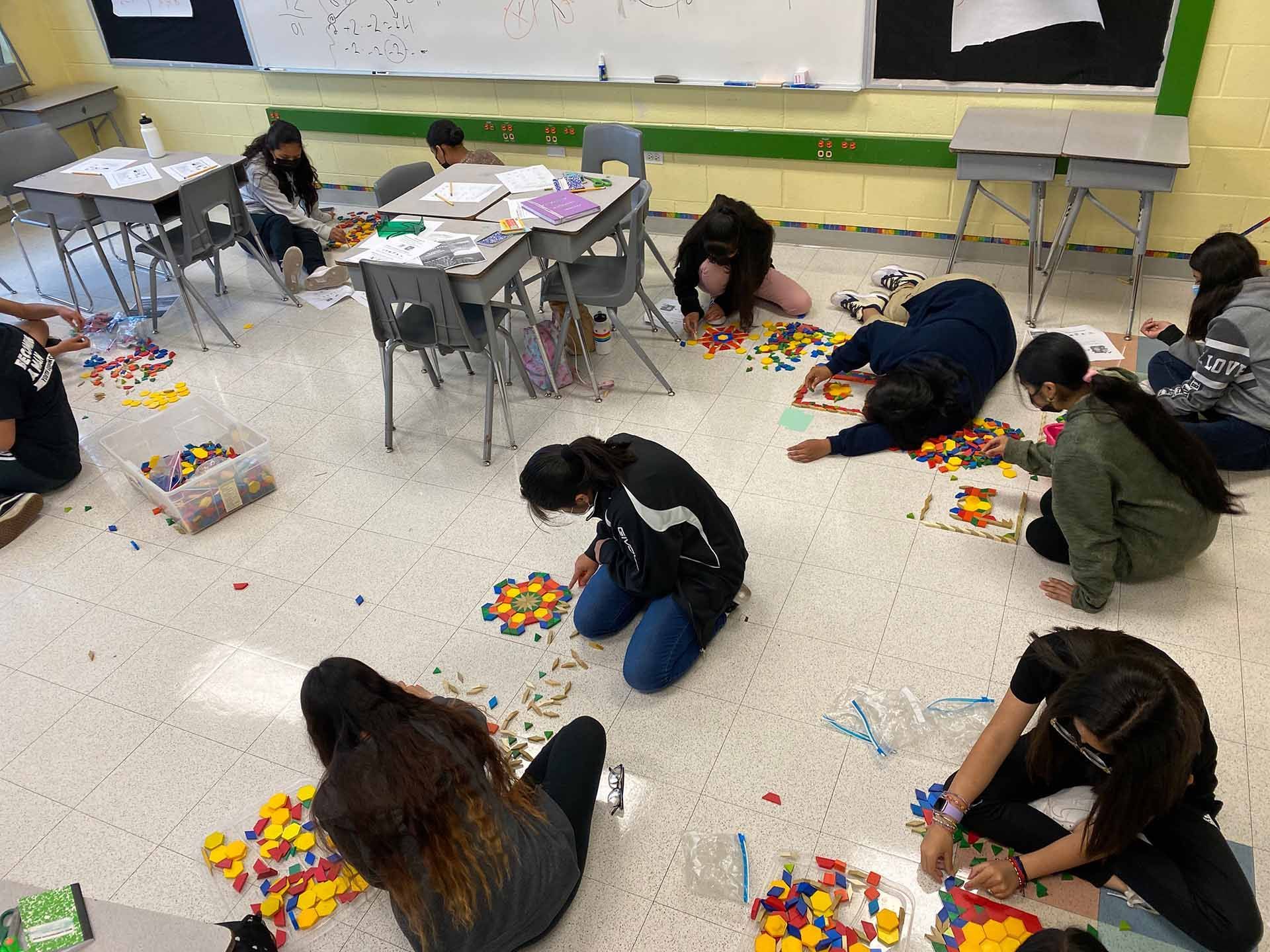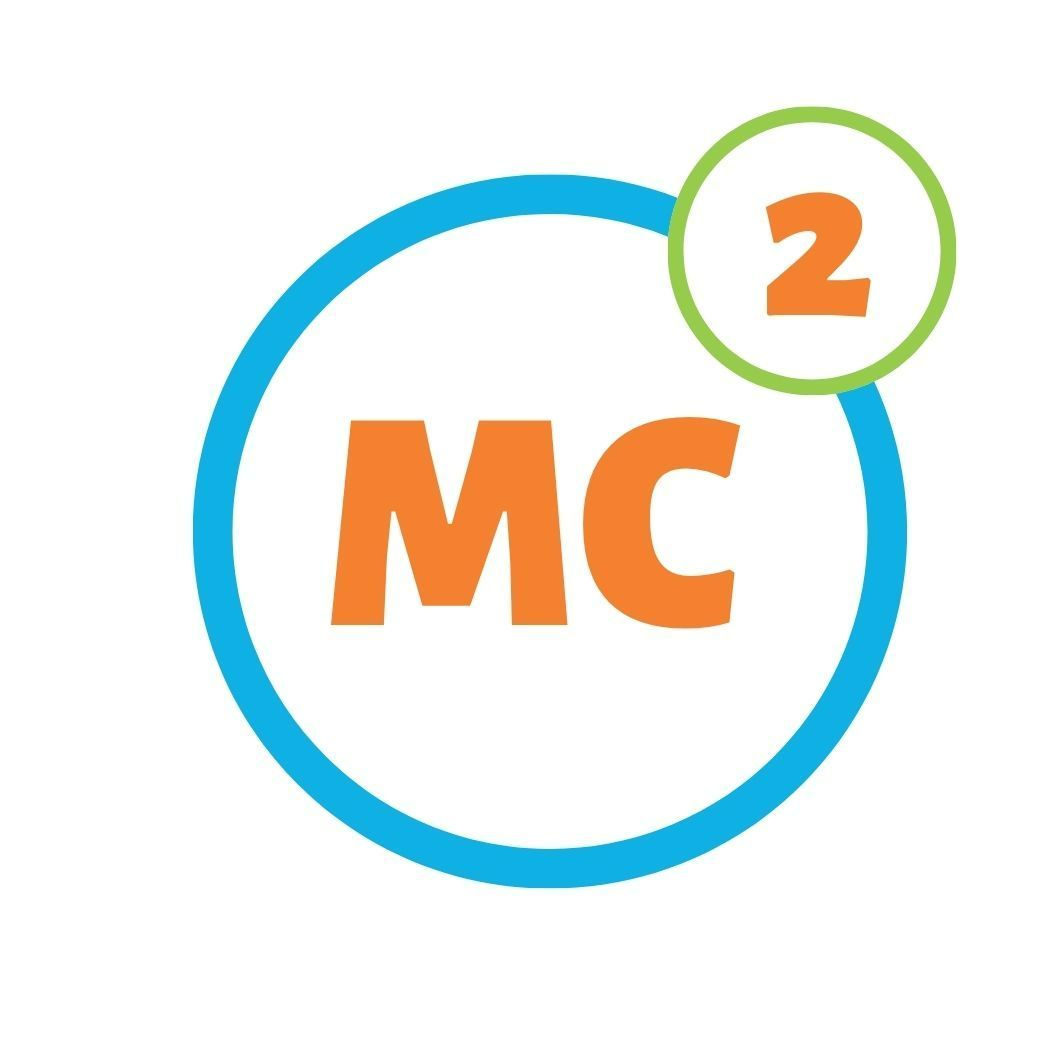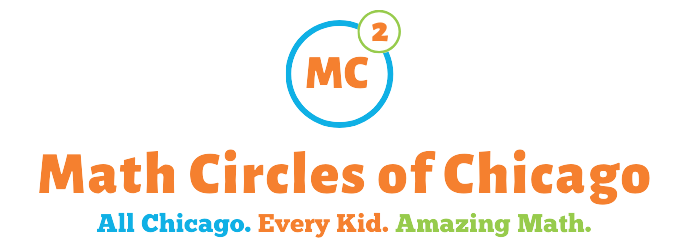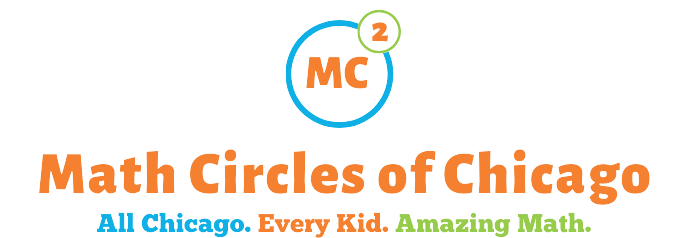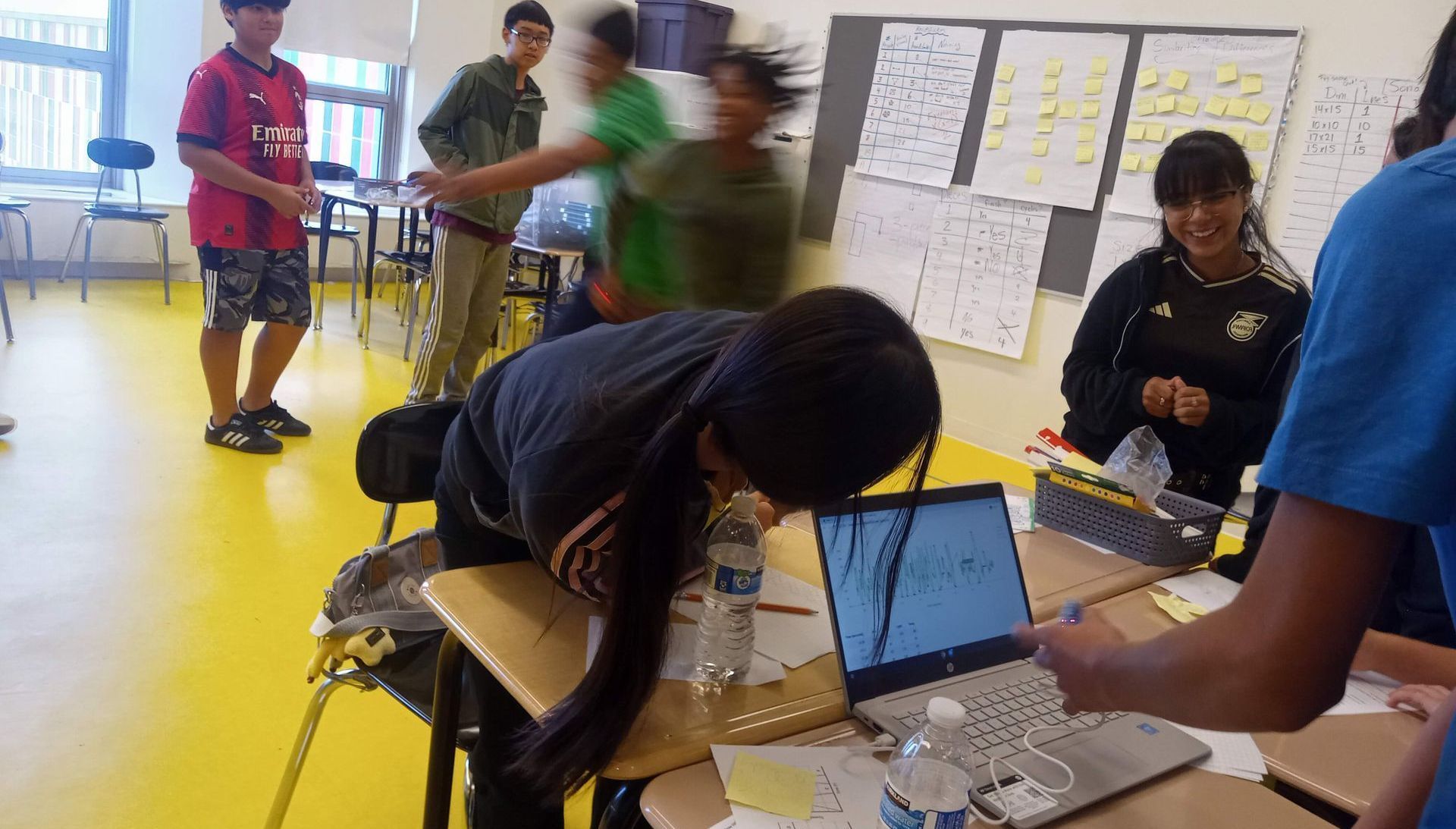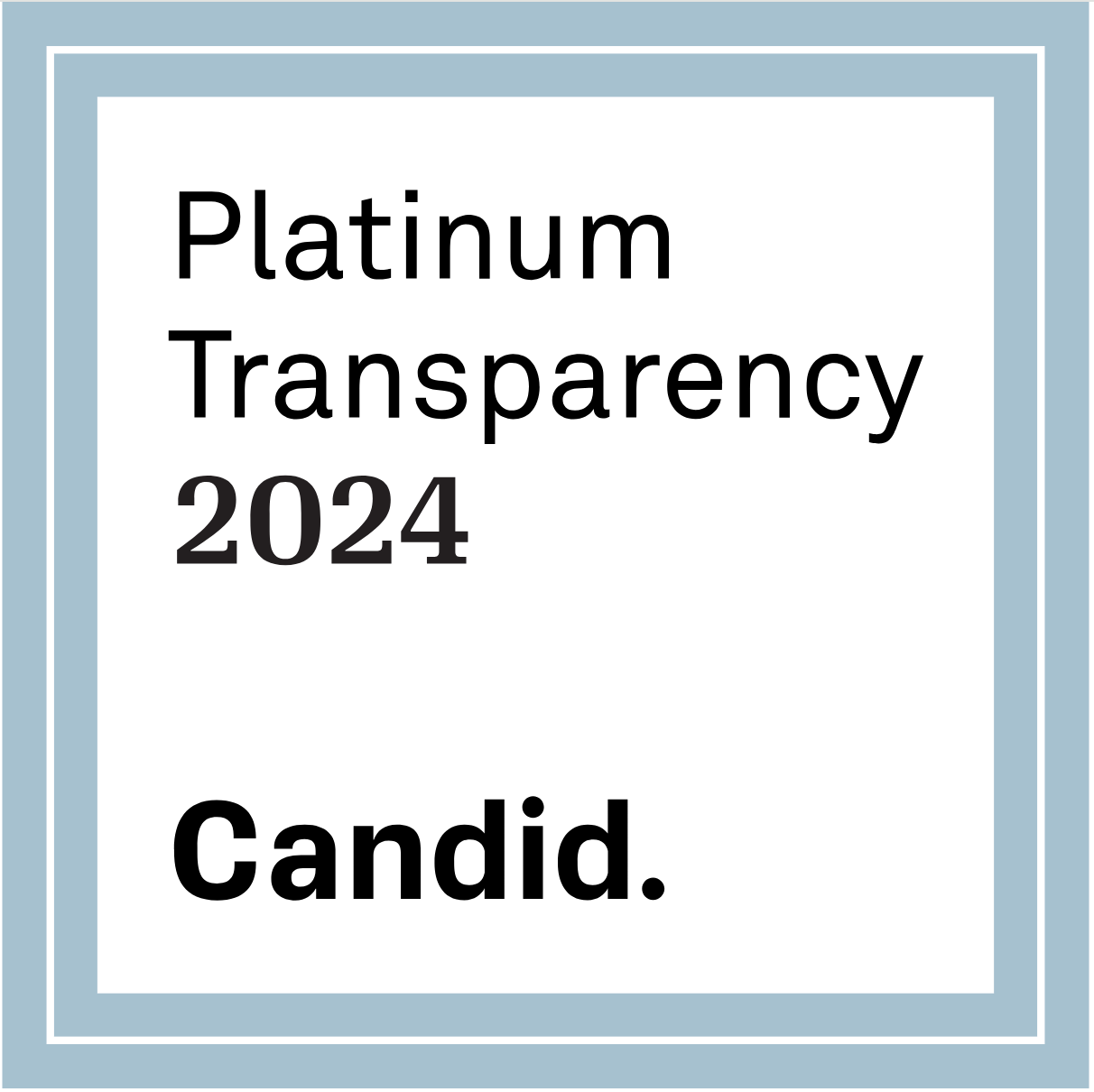A student passing through all five MC2 program levels can experience over 150 different ‘lessons’. I’m hesitant to refer to them as lessons, however, because that word gives the wrong impression. A session is built much more around student thinking than a pre-determined skill or unit of knowledge that the ‘teacher’ (session leader) decides upon in advance.
This raises the question–what makes a good idea for a math circle session? When an idea looks promising, how does it get developed?
Recently I came across an idea that is being built into a session plan, and which illustrates the development process.
1. Somebody Shares a Problem
In this case, Sendhil Revuluri, an MC2 Board Member, shared a post on Quora by Alon Amit, a Proof School Trustee (link at the bottom of this post).
The four vertices of a square determine exactly two lengths in the plane. What other arrangements of four points in the plane have this property?
2. Socialize with Someone
Vacationing in Minnesota with family, I played with the problem with my nephew Connor. Three times we went back in forth, saying that we had found all the solutions (each time this was said invalidated the previous assertion!)
That was when I knew then the problem had potential to be at the center of a math circle session. When working alone, it was easy to convince yourself that you were done, so having a partner really helped you build skepticism in your completion. Plus, it was easy to start–we weren’t being formal, drawing rough sketches, explaining our work to each other, exchanging ideas. Math circles for two.
3. Socialize with Someone Else
The following week I was back in Chicago, having lunch with Adam, a former high school student of mine. I shared the problem with him and said, “If we could build a math circle session around this, we need some productive extensions.” It can be easy to extend problems, but not all extensions are equally productive.
Adam and I started thinking about the problem in three dimensions. We used napkins, pens, gesturing, what we knew from the two dimensional problem to build our new ideas. The opportunity to build on prior ideas is the hallmark of a good extension–I was also happy to find that I kept making assertions that turned out to be wrong, just in the two dimensional case. Mathematically and socially, the problem worked!
4. Write out a Plan
This step is the obvious one.
5. Socialize with Math Circle Teachers and Revise for Several Years
We’ll be working on this step for a while. Part of the beauty of MC2 is that some of our programs exist at all seven of our sites, and all those teachers can provide a lot of refinement!
Developing math circle sessions is a lot like the sessions themselves. While someone gives you a problem, you have to make it your own, and you’ll learn more and end up with better results if you work on it with someone else. Send us your ideas! info@mathcirclesofchicago.org
See Alon Amit’s original post on Quora.

